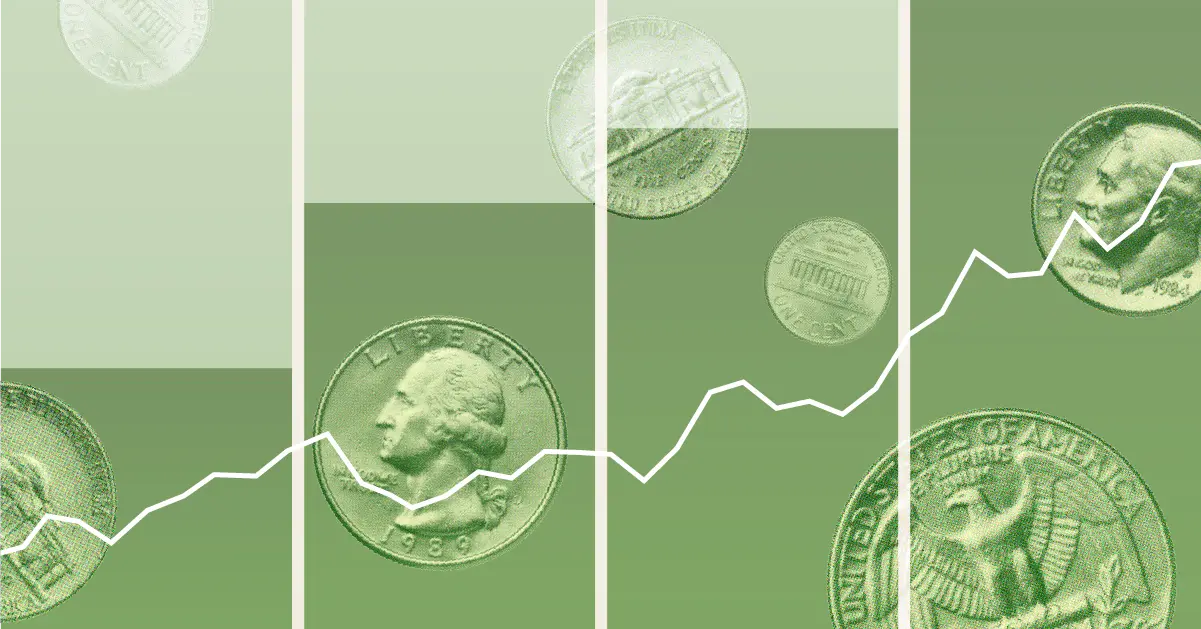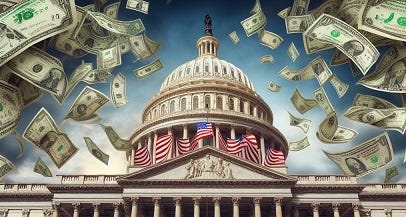A Look Ahead: U.S. Investment Policies and Financial Market Trends

January 30, 2025
The U.S. investment landscape is undergoing rapid transformations as technological innovations, evolving financial markets, and regulatory shifts reshape the economic environment. As we look ahead, the future of U.S. investment policies and financial markets will be influenced by several key trends, including the rise of new technologies, sustainability, global competitiveness, and market volatility. This article explores the key factors that will shape the future of U.S. investment policies and what they mean for investors.
1. The Rise of Digital Assets and Blockchain TechnologyAs the digital economy continues to expand, digital assets such as cryptocurrencies, blockchain technologies, and decentralized finance (DeFi) are expected to play a significant role in the future of financial markets.
Opportunities in Digital AssetsThe U.S. government has begun to regulate digital currencies and blockchain technology, creating new opportunities for investors.
Despite the potential for growth, digital assets come with significant risks for investors.
Sustainability and environmental responsibility are increasingly becoming central to U.S. investment policies. The future of U.S. financial markets will be shaped by the ongoing push for green energy, climate change mitigation, and environmentally sustainable investments.
Opportunities in Green InvestmentsThe U.S. is likely to continue incentivizing investments in renewable energy, sustainable infrastructure, and climate-conscious businesses.
While green investments offer growth potential, they also present risks.
The future of U.S. investment policies will be closely tied to the development and implementation of AI and automation technologies. These innovations are poised to transform industries such as healthcare, finance, manufacturing, and retail.
Opportunities in AI and Automation InvestmentsAI and automation technologies present significant investment opportunities for businesses and investors.
While AI and automation offer high growth potential, they also come with unique risks.
The future of U.S. investment policies will also be influenced by changes in tax policies, which can impact corporate investments, individual investors, and overall economic growth.
Opportunities in Tax IncentivesThe U.S. government is likely to continue offering tax incentives for businesses and investors to encourage investment in key sectors like technology, infrastructure, and clean energy.
While tax incentives can benefit investors, tax policy changes could introduce risks to investment strategies.
The future of U.S. investment policies will also be shaped by the evolving global economic landscape, including trade agreements, tariffs, and international relations.
Opportunities in Global TradeAs the U.S. strengthens its trade relationships with countries in Asia, Europe, and Latin America, investors will find new opportunities for growth.
Global trade and geopolitical tensions can create risks for U.S. investors.

U.S. Investment Policies: Key Trends and Effects on Markets
Explore how U.S. investment policies shape financial markets, economic growth, and business strategies, offering both opportunities and challenges for investors

U.S. Investment Policies and Their Role in Business Development
Explore how U.S. investment policies influence business growth, offering opportunities and challenges for industries. Understand the key regulations and strategies driving economic expansion

U.S. Investment Policy Reforms: Shaping the Future of Business
Explore the key investment policy reforms in the U.S. economy that are reshaping business strategies, influencing markets, and creating new opportunities for investors

A Comprehensive Look at U.S. Investment Policy Shifts in 2025
In 2025, U.S. investment policies have undergone significant transformations. Discover how these reforms are impacting industries, investment strategies, and economic growth

Analyzing the Impact of U.S. Investment Policies on Investment Strategies
Explore how evolving U.S. investment policies create new opportunities and risks for investors. Learn how changes in tax, trade, and financial regulations affect investment strategies

A Look Ahead: U.S. Investment Policies and Financial Market Trends
As the U.S. economy evolves, so do its investment policies and financial markets. Discover what the future holds for investors as we explore trends, innovations, and challenges in U.S. investment strategies

A Guide to Understanding U.S. Investment Policies for Business Growth
Explore how U.S. investment policies impact business success. Learn how to navigate key regulations, tax incentives, and funding opportunities to maximize growth potential

How U.S. Government Policies Influence Investment Approaches
The U.S. government plays a key role in shaping investment strategies through regulatory frameworks, fiscal policies, and incentives. Explore how these factors impact business decisions and investment trends

U.S. Investment Policies and Global Impact
U.S. investment policies are reshaping global markets, influencing trade, foreign investments, and economic stability. This article explores the implications for international businesses and investors
The Atlantic Daily
Get our guide to the day’s biggest news and ideas, delivered to your inbox every weekday and Sunday mornings. See more newsletters
.webp)
Ideas That Matter
Subscribe and support more than 160 years of independent journalism.
Subscribe